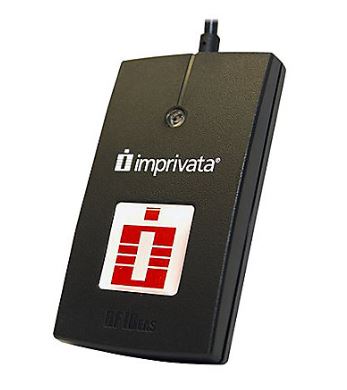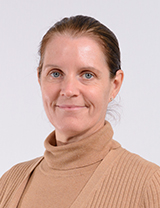Join us for a preview of HealthONE before go-live at one of the upcoming HealthONE fairs, where experts will show the capabilities of HealthONE applications, offer tips and tricks, and answer your questions as they relate to patient movement.
UConn John Dempsey Hospital Fair
Wednesday, April 18, 7 a.m. to 1 p.m.
Emergency Department Conference Room
Through this event you have the opportunity to attend a brief demo of a patient entering the ED, completing radiology tests, moving to the OR for a surgical intervention, through the road to recovery and released from the hospital. You will be able to ask HealthONE trainers and analysts application-specific questions.
Neag Comprehensive Cancer Center Fair
Tuesday, April 24, 1 to 5 p.m.
Outpatient Pavilion, eighth floor large conference room
Through this event you have the opportunity to attend a brief demo of a patient checking into the Cancer Center, releasing of a treatment plan, collecting labs, documentation, closing the encounter and finally checking the patient out. You will be able to ask HealthONE trainers and analysts application-specific questions.
Outpatient Pavilion Fair
Wednesday, April 25, 8 a.m. to noon
Eighth floor large conference room
Through this event you have the opportunity to attend a brief demo of a patient checking into an outpatient clinic, a nurse or MA obtaining/documenting vitals, med reconciliation, etc., provider documentation, follow up instructions and then patient check out. You will be able to ask HealthONE trainers and analysts application-specific questions.
For more information, email healthonetrainingregistration@uchc.edu.
—HealthONE training team
Watch for additional HealthONE updates in Lifeline, in the Pulse, at uconnhealthexpress.uchc.edu/HealthONE, and now on Twitter @UConnHealthONE.
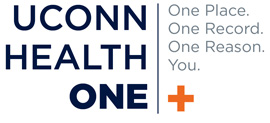
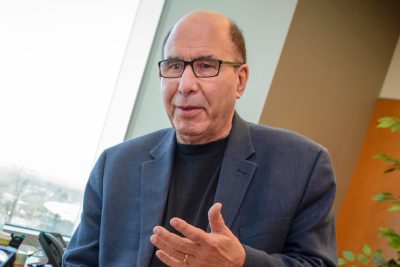
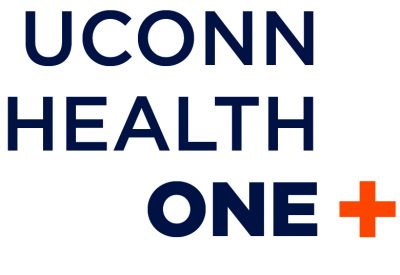 During the last six to nine months, the HealthONE team has been concentrating on the build and testing of the HealthONE system. In January, the HealthONE training program for credentialed trainers, super users and UConn Health staff got underway.
During the last six to nine months, the HealthONE team has been concentrating on the build and testing of the HealthONE system. In January, the HealthONE training program for credentialed trainers, super users and UConn Health staff got underway.